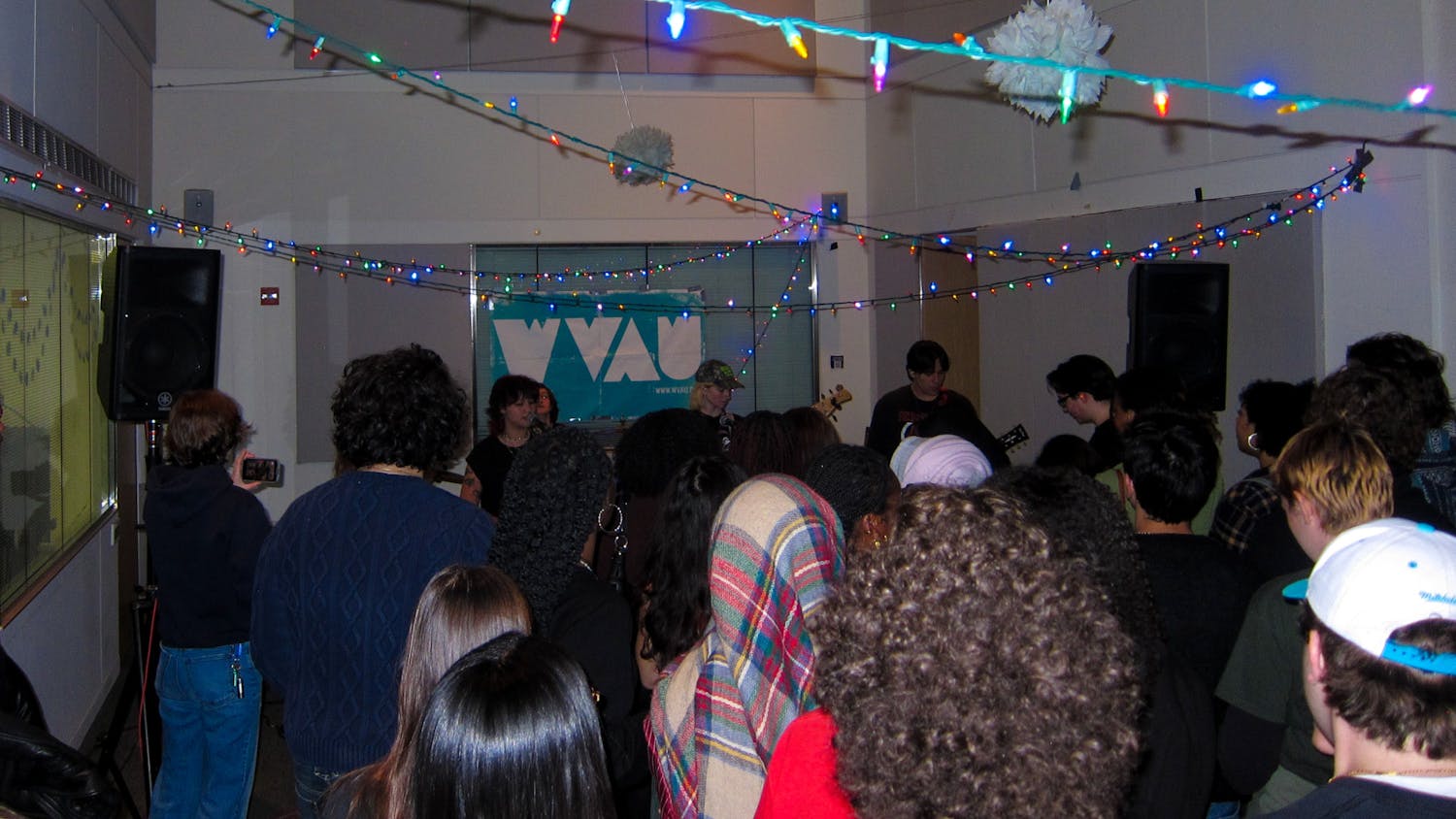Some people who donate money to universities are displeased because the schools do not use the money the way the donors wish, The New York Times reported Nov. 27. However, this is not a problem at AU, school officials said.
AU has a high level of donor satisfaction because it is "very donor-centered" and takes into account what donors want to have done with their money, said Scott VanDeusen, director of annual campaigns in the Office of University Relations.
"[AU] works very hard to make the donor population happy because [donating] is a lifetime relationship, and donors should be satisfied with the University every time they donate," VanDeusen said. "[AU] works hard to get the donors to give because alumni support, as a way to give back, shows that they liked and were happy with the University."
The "A New AU" fund-raising campaign begun last October seeks to raise at least $200 million over the next five years, which its Web site calls "the largest and most ambitious fund-raising effort in [AU's] history." According to this site, the campaign had raised about $94 million by Nov. 3. The money is intended for use in several specific areas, such as athletics, the arts, the WAMU public radio station, and buildings and facilities.
During the last fiscal year, about 12,000 AU alumni gave more than $6 million, VanDeusen said. More than 1,000 parents gave about $260,000. The total for donations last fiscal year was about $18 million.
The way AU works is different from other universities, said Anne Neal, president of the American Council of Trustees and Alumni, a nonprofit organization based in D.C. She said this is because colleges tend to want general operating money with no restrictions, while donors across the country increasingly want to target money "to go to things that they are interested in."
As one example of a dissatisfied donor, Lee Bass gave $20 million to Yale University, Neal said. Five years ago, his money was returned - with interest - after Bass said that "the university had not followed the agreement" it signed relating to the donation.
Also, the University of Southern California was sued four years ago by donor Paul F. Glenn, who accused the university of misusing his $1.6 million gift for biological research and lying about it, The New York Times reported.
VanDeusen said that part of donors' positive relationships with AU is that they can give to specific areas, including scholarships, the Katzen Arts Center or the planned School of International Service building.
Tracey Vranich, senior director of development for annual campaigns and alumni programs, said that AU tries to match donor wishes with what AU needs.
"If someone is going to give $1 million ... we can say where we need it, but they, in the end, decide where things go," Vranich said. "It goes always where [the donor] wants to give their money."
This aspect of donating and the start of the "A New AU" campaign has increased alumni participation, Vranich said.
This year's goal is to have 20 percent of alumni make a contribution, according to Vranich. This would be an increase from last year's 18 percent and from five years ago when it was 9 percent, Vranich said, citing the annual ratings U.S. News and World Report magazine gives colleges.
Erin Coutts, a sophomore in the School of International Service, said she "would donate to something specific."
"[I'd donate] to something that doesn't get as much money from the University, like women's club soccer," Coutts said.
Other current AU students also said they might donate to the University in the future.
"AU has been good to me," said MK McKenna, a junior in the College of Arts and Sciences. "The positives outweigh the negatives here, and if I am financially stable, I will donate"




